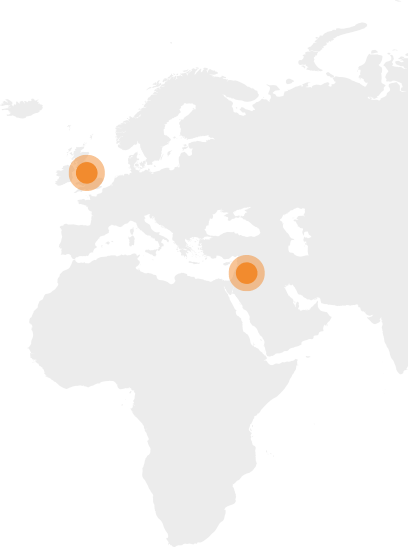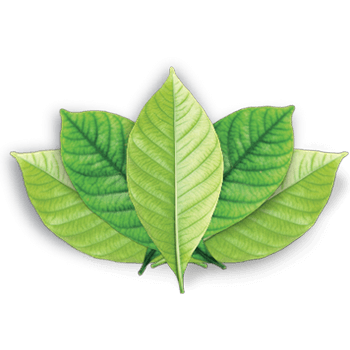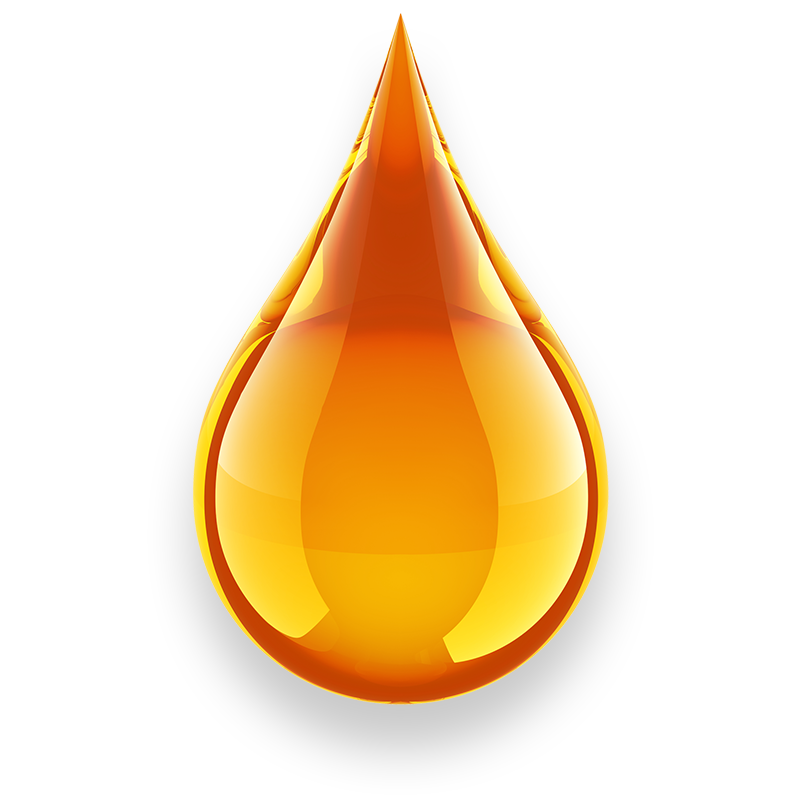
Green Tea
Main Ingredients: Polyphenols
Geographical Spread
These are the dried and fermented leaves of Camelia sinensis. It is the second most popular drink after water (Lee, 2017) and consumed by 2/3 of the world's population for its refreshing flavor, aroma, medicinal and slightly stimulating properties (Houyuan Lu, 2016).

Historical Features
Initial research has shown that polyphenols of green tea act as antioxidants. In particular, studies have also shown that polyphenols stop the oxidation of LDL ("bad cholesterol") caused by various factors (Harbowy, Balentine, Davies, & Cai, 1997).
Pharmaceutical Use
In Chinese mythology, tea was accidentally discovered by Emperor Shen Nung in 2,737 BC. It is noteworthy that before the Tang Dynasty (618-906 AD) tea was probably considered as a medicinal plant and later spread more widely as a beverage. The perception that this is a healthy drink stems from the medical book on the history of Chinese medicine, Pen-tsao, which states that the use of green tea is beneficial for a variety of diseases, including tumors (Harbowy, Balentine, Davies, & Amp; Cai, 1997).

Phytochemical Composition
Many well-known compounds, such as catechins and flavonols, are included in Green Tea Polyphenols. These Green Tea Polyphenols have been extensively studied and the chemoprotective properties revealed by initial clinical studies encourage progress in advanced Phase III clinical trials aimed at the prevention of PIN, leukoplakia and premalignant cervical disease (Thomasset, et al., 2006).
- Harbowy, M. E., Balentine, D. A., Davies, A. P., & Cai, Y. (1997). Tea Chemistry. Critical Reviews in Plant Sciences, 415-480.
- Houyuan Lu, J. Z. (2016). Earliest tea as evidence for one branch of the Silk Road across the Tibetan Plateau. Nature.
- Lee, S. (Director). (2017). The history of tea – Shunan Teng [Motion Picture]. TED-Ed. Retrieved May 2017, from http://ed.ted.com/lessons/the-history-of-tea-shunan-teng
- Thomasset, S., Berry, D., Garcea, G., Marczylo, T., Steward, W., & Gescher, A. (2006). Dietary polyphenolic phytochemicals – Promising cancer chemopreventive agents in humans? A review of their clinical properties. International Journal of Cancer, 451-458.


